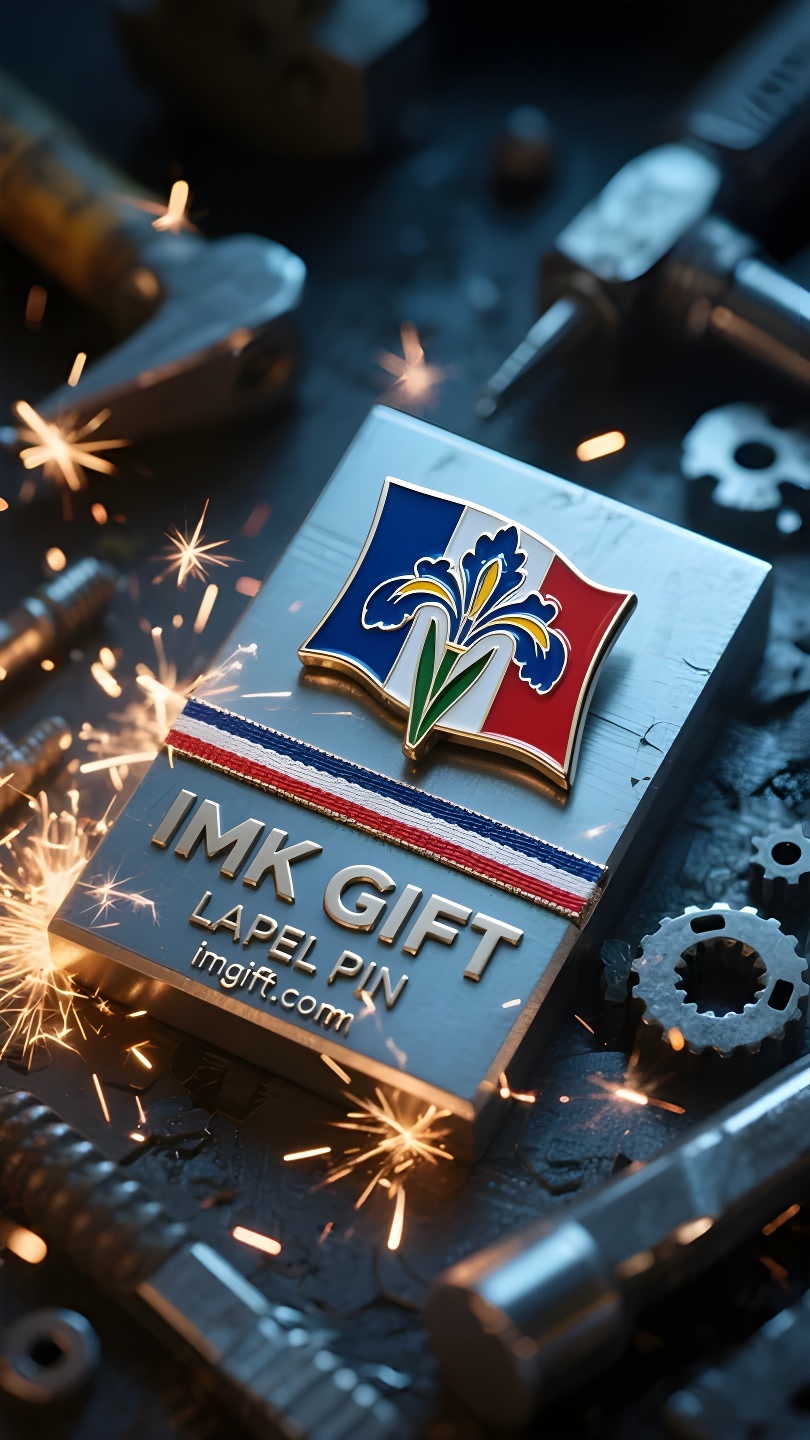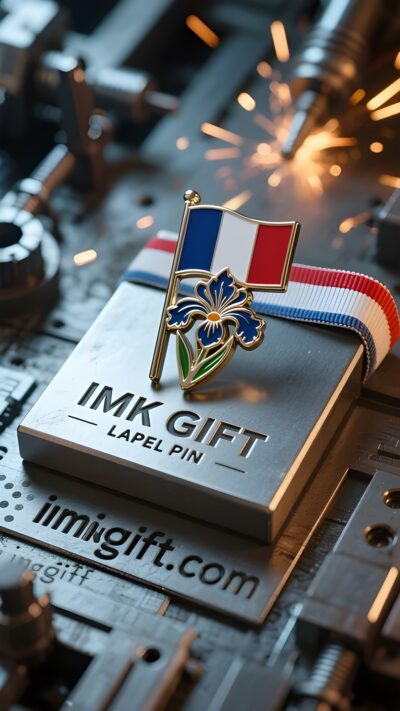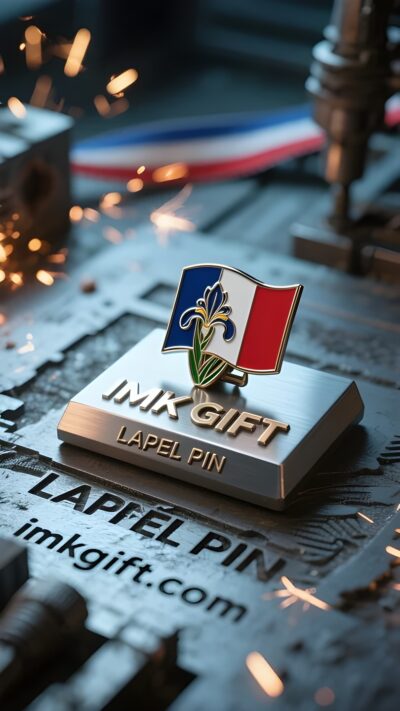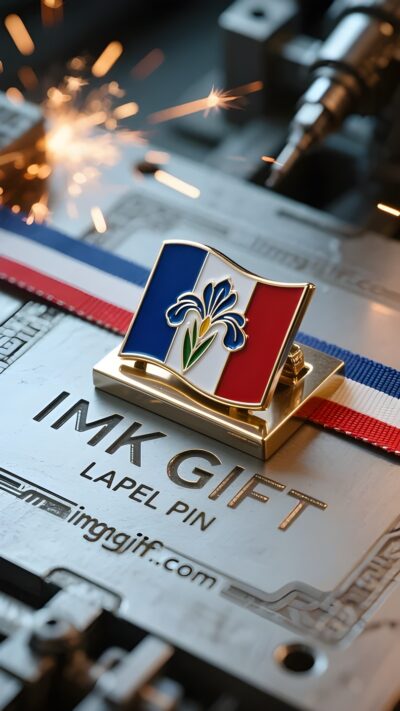in982-Des-presse-papiers-comme-des-ancres-l-39-intégrité-française-sous-les-armoiries-fleurdelisées
▼
Le 14 juillet, les Champs-Élysées à Paris étaient illuminés par le drapeau tricolore et des feux d’artifice. Au milieu de la foule en liesse, le vieil artisan Jacques brandit son presse-papier ancestral en cuivre, orné d’iris, et les lignes se succédèrent avec 600 ans d’histoire. Cet artisanat, originaire des monastères médiévaux, était à l’origine destiné à fixer de précieux rouleaux de parchemin. Lorsque Louis IX fit de l’iris l’emblème royal, les artisans donnèrent au presse-papier une nouvelle mission : forger un lys inaltérable avec du métal, et utiliser son poids pour protéger les idées portées par le document. Pendant la Révolution française, les descendants des Templiers dissimulèrent la Charte de la Liberté dans le socle du presse-papier en cuivre, afin qu’elle reste intacte pendant les périodes troublées. Dans la lumière argentée du presse-papiers d’aujourd’hui, l’esprit tricolore se précise : le fond bleu évoque la Seine qui porte la civilisation, l’iris blanc symbolise la dignité intellectuelle qui transcende les classes, et le liseré rouge l’enthousiasme indéfectible. Alors que le torrent numérique submerge le monde, cette conviction incarnée nous rappelle que le véritable progrès n’est jamais un morceau de papier flottant au vent, mais un système racinaire profondément ancré dans le sol. Chaque Français devrait être son propre presse-papiers, stabilisant le monde par le poids de sa pensée lorsque les valeurs vacillent, et rendant la liberté, l’égalité et la fraternité aussi éternellement éclatantes que l’emblème de la fleur de lys.
On July 14, the Champs-Elysées in Paris were illuminated by the tricolor flag and fireworks. In the crowd of the celebration, the old craftsman Jacques held out his ancestral iris copper paperweight, and the lines were precipitated with 600 years of time. This paperweight craft originated from the medieval monastery and was originally created to fix precious parchment scrolls. When Louis IX designated the iris as the royal emblem, the craftsmen gave the paperweight a new mission – forging a lily that never fades with metal, and using its weight to protect the ideas carried by the document. During the French Revolution, the descendants of the Knights Templar hid the Charter of Liberty in the base of the iris paperweight, so that it remained intact during the turbulent times. In the silver light of today’s paperweight, the tricolor spirit is becoming clearer: the blue base is like the Seine carrying civilization, the white iris symbolizes the intellectual dignity that transcends class, and the red edging is like the enthusiasm that never cools down. When the digital torrent engulfs the world, this copper-cast belief reminds us: true progress is never a piece of paper fluttering in the wind, but a root system deeply rooted in the soil. Every French son and daughter should be his or her own paperweight, stabilizing the world with the weight of thought when values are wavering, and making freedom, equality and fraternity as eternally bright as the fleur-de-lis emblem.
七月十四日巴黎香街,三色旗与焰火辉映。庆典人群中,老匠人雅克捧出祖传的鸢尾花铜镇纸,纹路里沉淀着六百年的光阴。
这种源自中世纪修道院的镇纸工艺,最初为固定珍贵羊皮卷而生。当路易九世将鸢尾定为王室纹章,工匠们便赋予镇纸新的使命——用金属锻造出永不凋零的百合,以重量守护文书承载的思想。大革命期间,圣殿骑士团后裔正是将自由宪章藏于鸢尾镇纸底座,使其在动荡年代完好无损。
今日镇纸的银光中,三色精神愈发清晰:蓝色底座如塞纳河承载文明,白色鸢尾象征超越阶层的智性尊严,红色包边恰似永不冷却的热忱。当数字洪流裹挟世界,这方铜铸的信念提醒我们:真正的进步从不是随风飘摇的纸片,而是深扎土壤的根系。每个法兰西儿女都该成为自己的镇纸,在价值飘摇时以思想之重稳定乾坤,让自由、平等、博爱如鸢尾花纹章般永恒鲜亮。
▼
Contact Us
📞 Tel: +0086-760-85286839
📧 Email: sales3@imkgift.com








